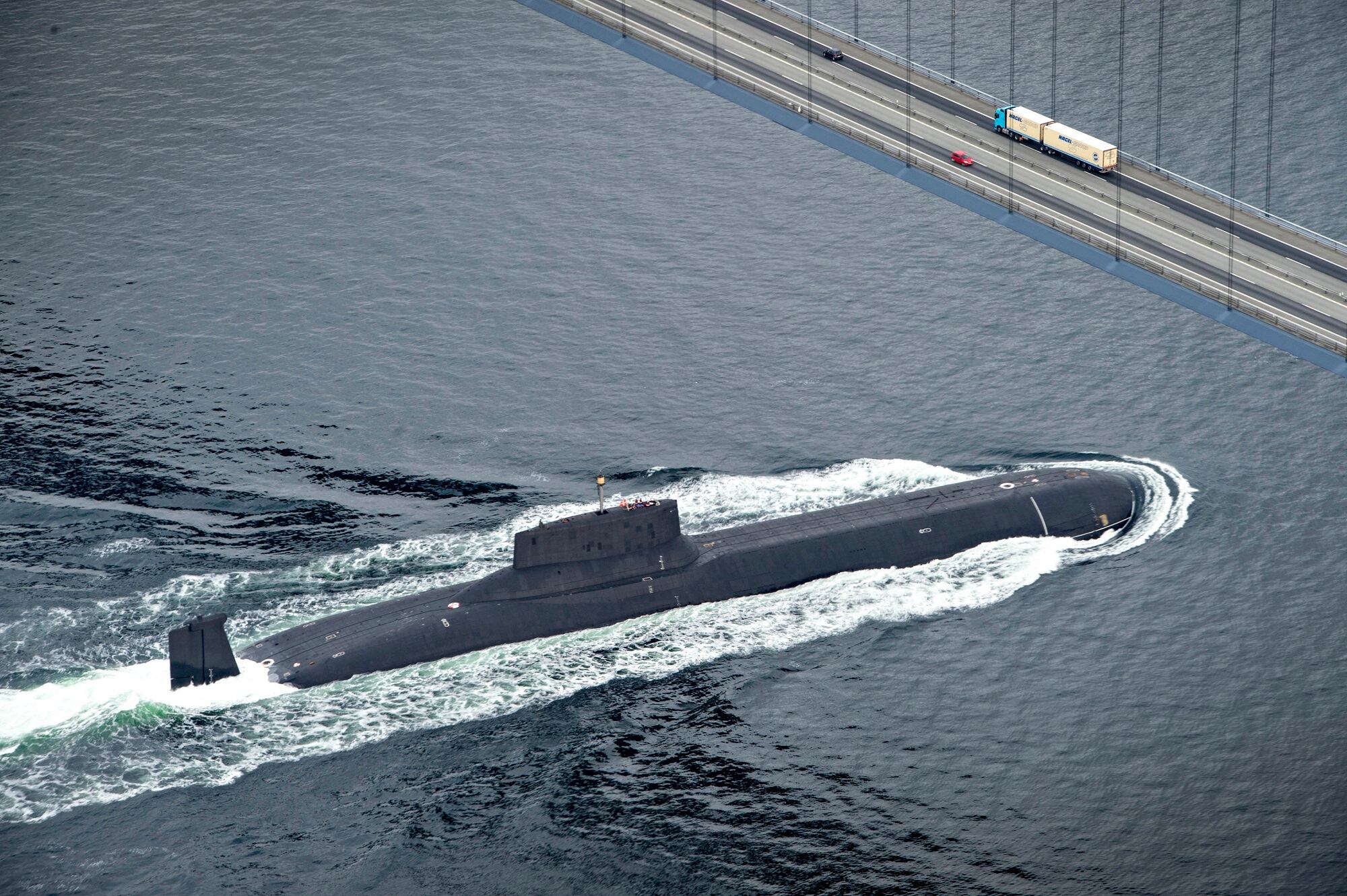Data is arguably the most important strategic asset to emerge in the 21st century. Access to data and the ability to protect its integrity are vital to American security and prosperity. As 5G and artificial intelligence transform our societies into highly integrated networks, protecting data will become even more crucial.
In recent years, American efforts have focused on preventing Huawei, the party-controlled Chinese telecommunications giant, from gaining ground as the world’s largest supplier of 5G infrastructure. But defending a less understood part of our digital infrastructure — undersea fiber-optic cables — should be an equal priority. Without the approximately 750,000 miles of cables that crisscross the world’s oceans, our interconnected, digitally driven societies would be unable to function.
In 1858, when the first submarine cable was installed, sending a message across the Atlantic took nearly 18 hours. Today, the fastest undersea cables can transfer data at speeds upward of 25 terabytes per second — more than twice the amount of data generated by the Hubble Space Telescope each year.
Undersea cables make instant communications possible, transporting some 95 percent of the data and voice traffic that crosses international boundaries. They also form the backbone of the global economy — roughly $10 trillion in financial transactions are transmitted via these cables each day. And undersea infrastructure is not just for civilian use. The U.S. government relies on cables to transmit information.
Not surprisingly, America’s competitors consider undersea cables strategically significant. Tapping undersea cables could provide foreign leaders with valuable intelligence, while severing cables could slow communications between the U.S. and its NATO allies significantly — perhaps by even months.
RELATED

Data can also be siphoned from undersea cables. This is most easily done during the cable manufacturing process, when backdoors could be inserted to collect information. Similar vulnerabilities exist at onshore landing stations, where cables connect to terrestrial networks.
Finally, cables can be tapped at sea, though this is relatively difficult to do.
Russia and China have developed capabilities in these areas. Russian submarine activity near undersea cables is well-documented: The Yantar, a Russian spy ship, carries mini-submersibles that can either sever or tap them. Russian activity often clusters around crucial, yet hard-to-reach cables because these are difficult to repair.
Chinese officials view control of undersea infrastructure as part of a broader strategic competition for data. One official Chinese Communist Party outlet explained that “although undersea cable laying is a business, it is also a battlefield where information can be obtained.”
Huawei Marine, a Huawei subsidiary, is a major player in the undersea cable industry. The company has built or repaired almost a quarter of the world’s approximately 400 submarine cables. But American officials worry that cables laid or serviced by the company may be accessed by the Chinese government. In 2019, amid increasing scrutiny from the U.S. and its allies, Huawei sold its subsidiary to Hengtong Optic-Electric, a Chinese fiber and cable manufacturer. But the sale failed to alleviate national security concerns: Hengtong’s director and founder is a Chinese government official.
China could also integrate undersea cable disruption into its military strategy. Last year, a Taiwanese think tank warned that in the early stages of a Chinese invasion of the island, the People’s Liberation Army may sever Taiwan’s undersea cables, isolating it from the U.S. and regional allies.
Protecting undersea cable infrastructure must become a priority for U.S. officials and lawmakers. Luckily, there are several steps they can take to address the problem.
First, the U.S. government should take more responsibility for repairing undersea infrastructure. Currently, cable repairs are considered a commercial responsibility, rather than a national security concern. Classifying cable repairs as matters of national security and developing a public-private operational plan — that includes a division of resources — to repair them is one step toward reducing the response time to a disruption or an attack.
Second, as a 2017 report from the Office of the Director of National Intelligence suggested, the U.S. should push for stronger protections for undersea infrastructure in international law, including criminalizing attacks on submarine cables. These efforts should be coordinated closely with America’s allies, especially those in Europe and East Asia.
Third, telecommunications companies must better secure cable infrastructure against potential attacks. Companies such as Google, Microsoft, Facebook and Amazon now own or lease nearly half the world’s undersea bandwidth. Companies could begin by securing cable landing stations, while investing in technologies that detect and deny undersea espionage. The executive branch could consider tax incentives to spur these steps.
Finally, the Trump administration should sound a louder alarm on Huawei Marine. In order to reduce or prevent the exfiltration of data, telecommunications companies should be required to use undersea infrastructure from verified suppliers. At the very least, owners of data transmitted this way should be aware of the undersea path their data is taking — and potential vulnerabilities.
Ultimately, undersea cables help keep Americans connected, prosperous and safe. Protecting them from sabotage and espionage is a vital national security interest of the United States.
Nadia Schadlow is a senior fellow at the Hudson Institute. She previously served as the U.S. deputy national security adviser for strategy. Brayden Helwig is a national security and international affairs summer intern.








